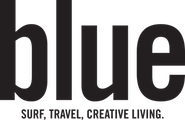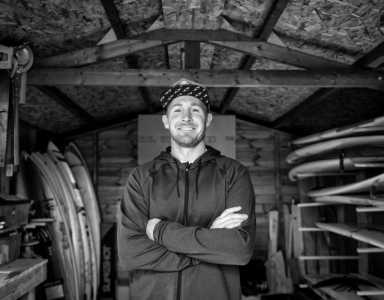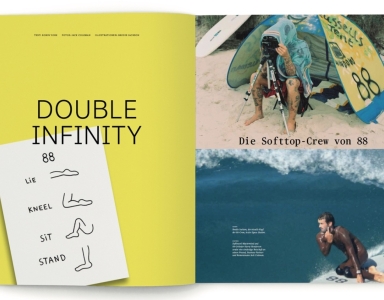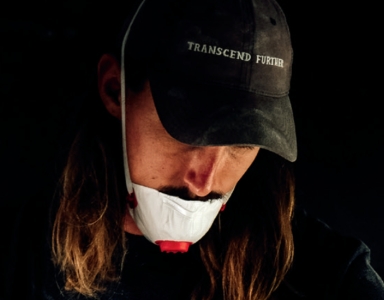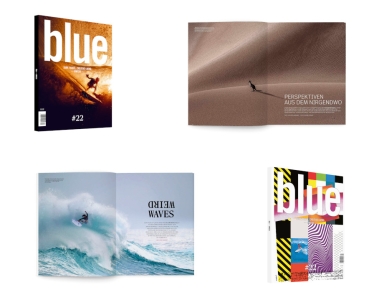Sometime in 2017, while working on Ari Browne's print-feature for the upcoming Yearbook, Blue founder and publisher Angelo Schmitt left one of his cryptic mails in my inbox, cc'ing someone named Joshua Keogh: "Yeah Jan! Hope you're steady. Just to inform you: Talk to Josh, it's worth it - Cosmic dude, sharp mind. You'll get along! Bestness, A."
I'm paraphrasing here. Angelo doesn't do mails under 5 paragraphs, but he also doesn't fire up his Yahoo-account if there's not a good story to be had. In this case, the story wrote itself or more accurately, Josh did all the work for me. I sent him a couple of straightforward questions to get a feel for his mindset and Josh fired back a finished and truly insightful interview. (If we follow that logic, I should've shape him a couple of twinnies next...)
So we interrupt your regularly scheduled German programming, to bring you the cosmic, sharp mind of Joshua Keogh:
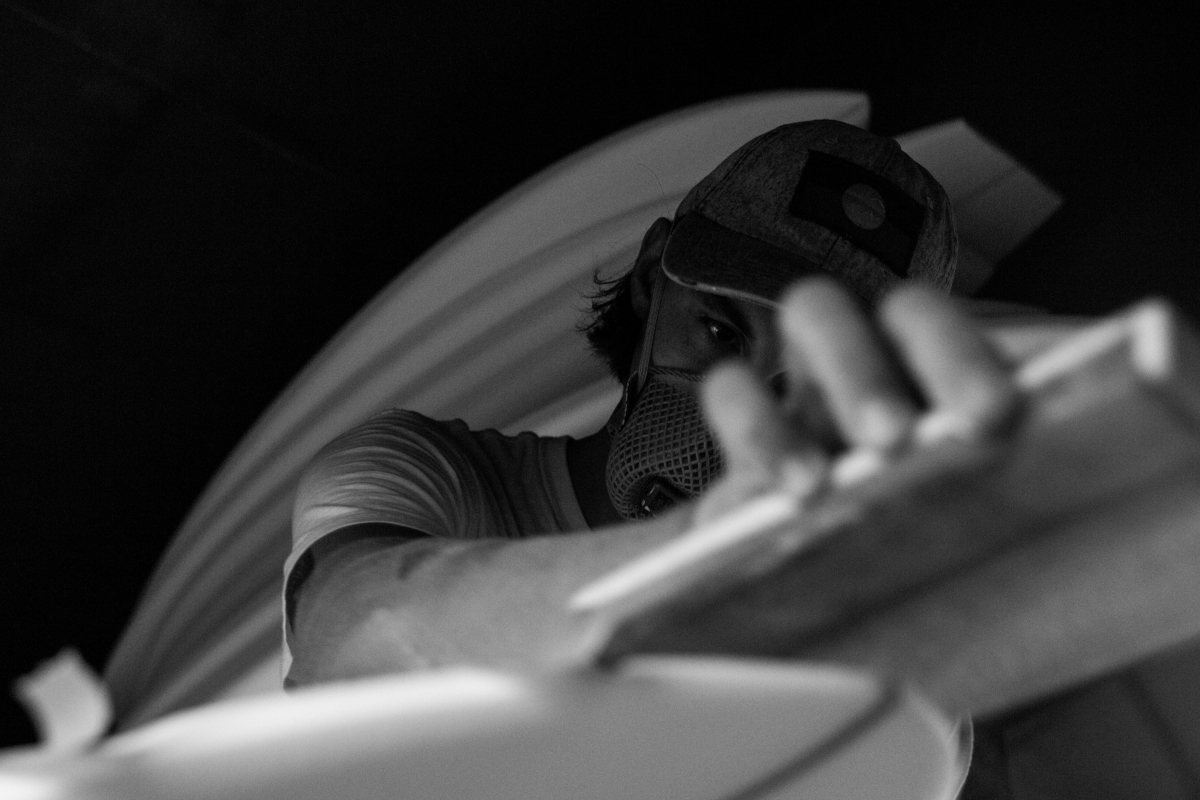
Morning Josh, drop us a few lines about where you’re from and what you’re about.
My Name is Joshua Keogh, im 28 years old and I come from a small coastal town in Australia. The town is called Merimbula and is located in southern NSW, halfway between Sydney and Melbourne. In winter it is a sleepy beach town without to much happening and in summer it turns into a major tourist and holiday destination. It is also only 2 hours to the mountains, compared to Europe our mountains are tiny but in winter we still are able to have some good snow cover and in summer there is great mountain biking, trail running and fly fishing to be had.
I am actually half German, my mother came to Australia in her early 20s and whilst in Sydney she met my father, her side of the family are still scattered throughout various parts of Germany. I hold dual citizenship so there is a strong desire for me to return to Germany at some point and reconnect with that part of my history.
Let's talk about a more recent part of your history. How did you get into shaping?
Ever since I began surfing I have always been filled with a great sense of wonder towards surfboards. When I was 18 I suffered a debilitating back injury whilst surfing, it’s a long story but basically I was out of the water for 18 months. This injury came at a time when my whole personal identity was wrapped up in surfing, so to have it suddenly taken away was pretty devastating. I started shaping as a way to still feel close to surfing and to still maintain its presence in the fabric of my life.
One of my father's close friends is a very experienced surfboard shaper in Australia, so during this time he took me under his wing and taught me the basic steps, from there I purchased some basic tools and began to make surfboards for myself and friends.
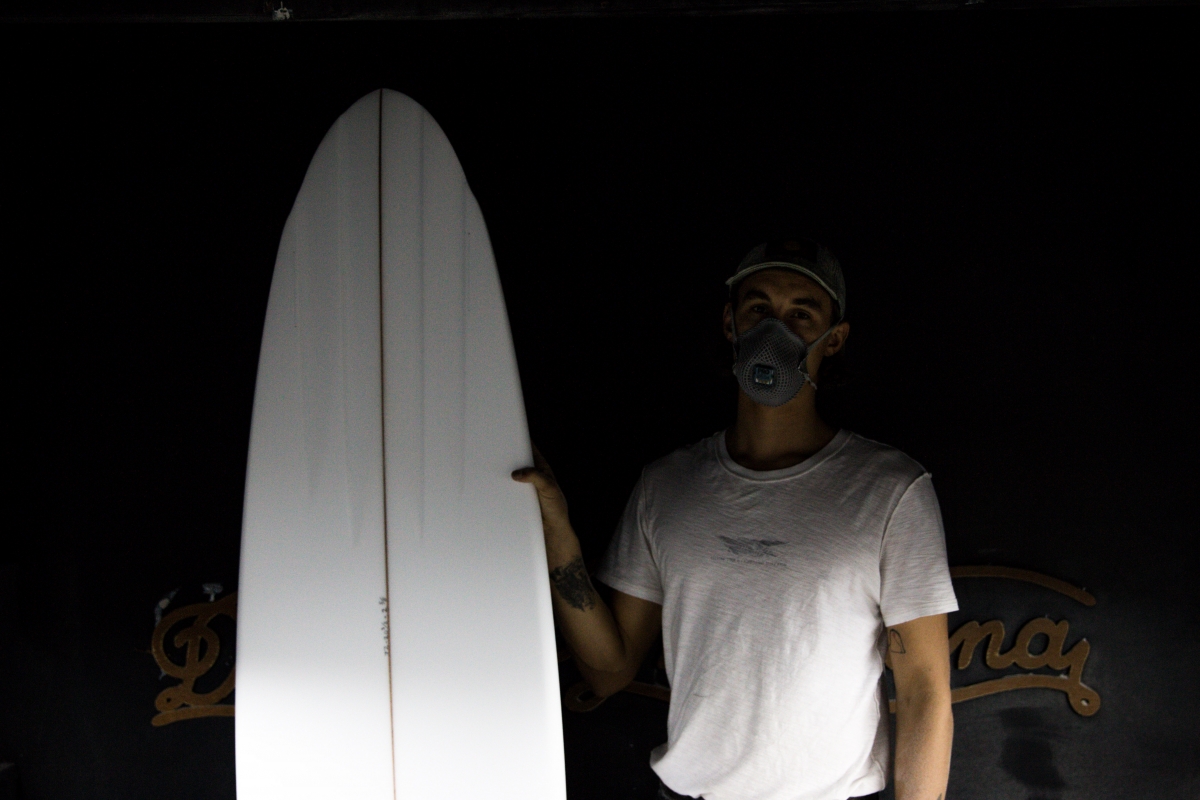
And what is unique about your boards?
I think anything that is made solely by the hands of a human being is unique to the person that made it. From an outsiders perspective I guess you could argue that all surfboards look the same, just as some paintings look the same, and sculptures look the same and music sounds the same, but it is the subtle intricacies that differentiate one object from the next, I believe it is also these intricacies that become the deciding factor in whether a person gravitates towards or away from the object.
So to answer the question of what is unique about my boards, everything is unique, but at the same time nothing is unique, it’s still just a planing surface made of foam, fiberglass and resin like almost every other surfboard. I think the bigger question is what is unique about a surfboard? I think a surfboard is unique because not only are they physically beautiful, but they are also a cathartic vehicle that takes us into another world. I know personally that being out there in the ocean bobbing around allows me to feel close to life and I can only assume that others feel the same, without the surfboard this wouldn’t be possible so I think that’s what is truly unique.
So it's safe to say you draw inspiration from your local waters?
I live on the east coast of Australia, within a few hours of driving from my home town almost every type of wave can be experienced. Obviously these waves influence the surfboards I make but I think the biggest influence is the feelings and sensations I want the surfer to experience whilst riding the boards.
I am heavily invested in making twin fins at this stage in my shaping career, I believe they are a design that history did not allocate enough time to, and there are still so many stones unturned in there evolution. In my opinion they are superior to other surfboards in almost all conditions, the speed and agility of a twin fin is unmatched.
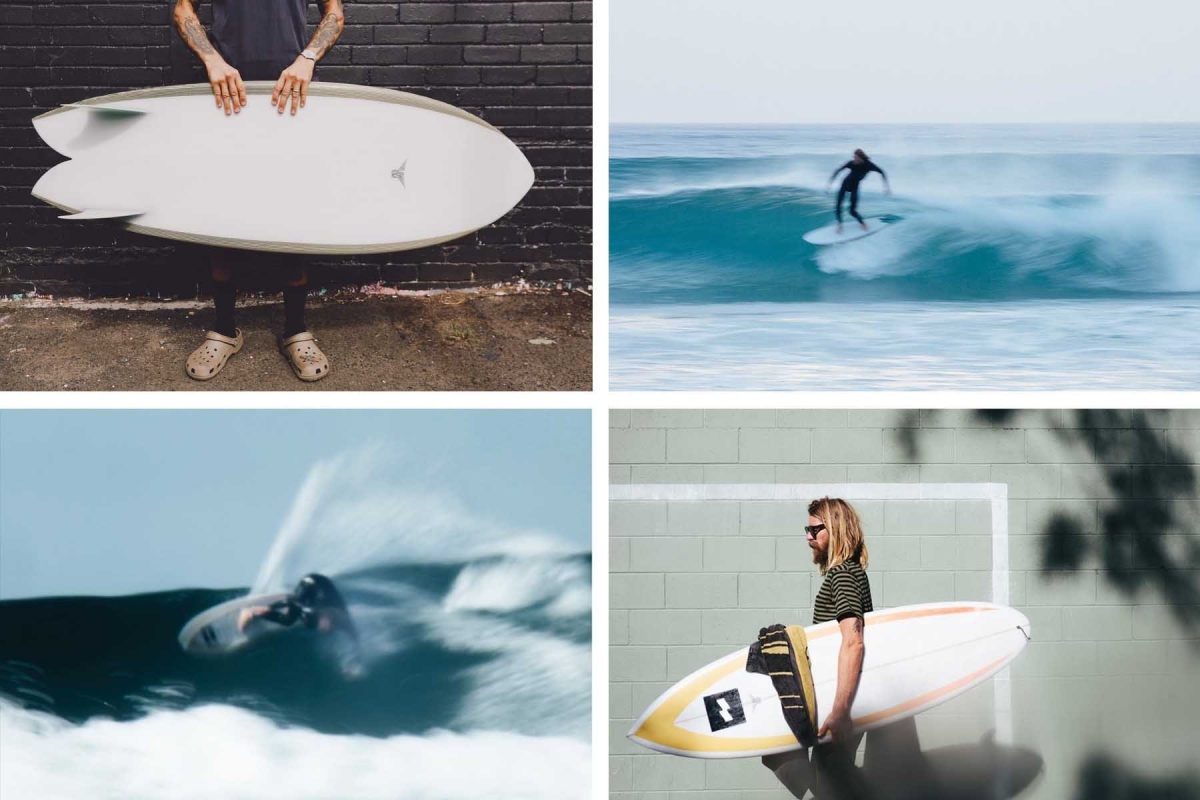
Who are some of the surfers you work closest with on boards and how does their feedback help you progress?
I feel very privileged and lucky to have had the opportunity to work with some amazing surfers so far in my career. Without the feedback and input of quality surfers I would not have had the stimulus to evolve my designs. From very early on Jasson Salisbury has been the main guy riding my boards and helping me to establish the foundations for a lot of the fundamental design characteristics. I have also worked pretty extensively on finless designs with Ari Browne which has been a lot of fun. Drew Mcpherson is another guy who I have been refining my singlefins with, he is an incredible underground surfer. Of late I have also been working with Nathan Webster on some hi-performance channel bottom twin fins, which has been a really new and exciting challenge. Along the way I have made some boards for some other incredible surfers including Ozzie Wright, Otis Carey, Harrison Roach, Johnny Abegg and just recently Dave Rastovich. Feedback from these top level guys helps to progress the boards but it's also the feedback received from average everyday surfers that is arguably the most valuable as the general population acts as a good litmus test to whether or not a design is user friendly and adaptable.
Let's get into your designs. You seem to combine forward-thinking design elements with classic twin fin shapes. Who or what are some of the biggest influences on your shaping and what do you feel goes into the creation of a great twinny?
In my opinion some of the most progressive surfing in history has been achieved on a twin fin. Early pioneers of the design such as Larry Bertelman and Mark Richards were obviously at the cutting edge of this movement and there surfing today would still be considered as innovative, not only were they riding the boards amazing but as shapers they were both at the forefront of progression and refinement and I think technically their boards reached what could be considered the pinnacle of the design. I feel as though the introduction of the thruster by Simon Anderson abruptly stopped the development of the twin fin virtually overnight and for a long time the design went into the wilderness only to resurface in the past five or six years.
Obviously the twin fin is a very popular design at the moment and every major surfboard label seems to have there own version of the concept. Without discrediting anyone I feel as though a lot of the major surfboard labels have simply taken their run of the mill performance shortboard, stuck 2 fins on it and tweaked the rocker and outline to give the appearance of a twinny without actually addressing the hidden design elements that make the board what it is.
For me the fundamental design principles of a twin fin share very little similarities with a modern thruster. The rocker, bottom contours, rail profile, foam distribution and outline are all completely unique to the design so I think to tap into the true feeling of these boards a shift away from what is considered as "the normal" needs to take place. I do not propose that I have mastered the puzzle of creating the perfect twin fin, in fact after 5 years of being pretty dedicated to the design I feel as though I have only slightly come to understand some of the subtle intricacies that go into building these boards. Personally there is still a very long way for me to go before I can say with conviction that I understand the labyrinth that is a twin fin.
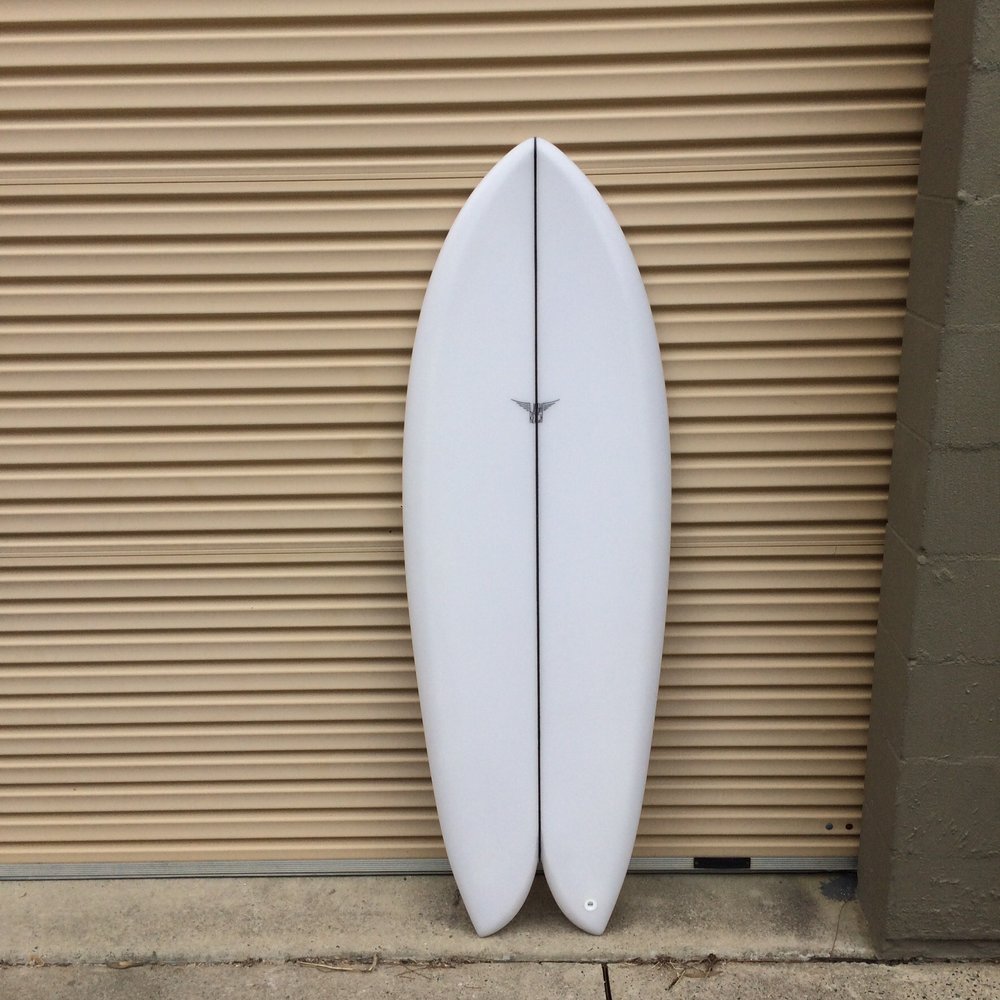
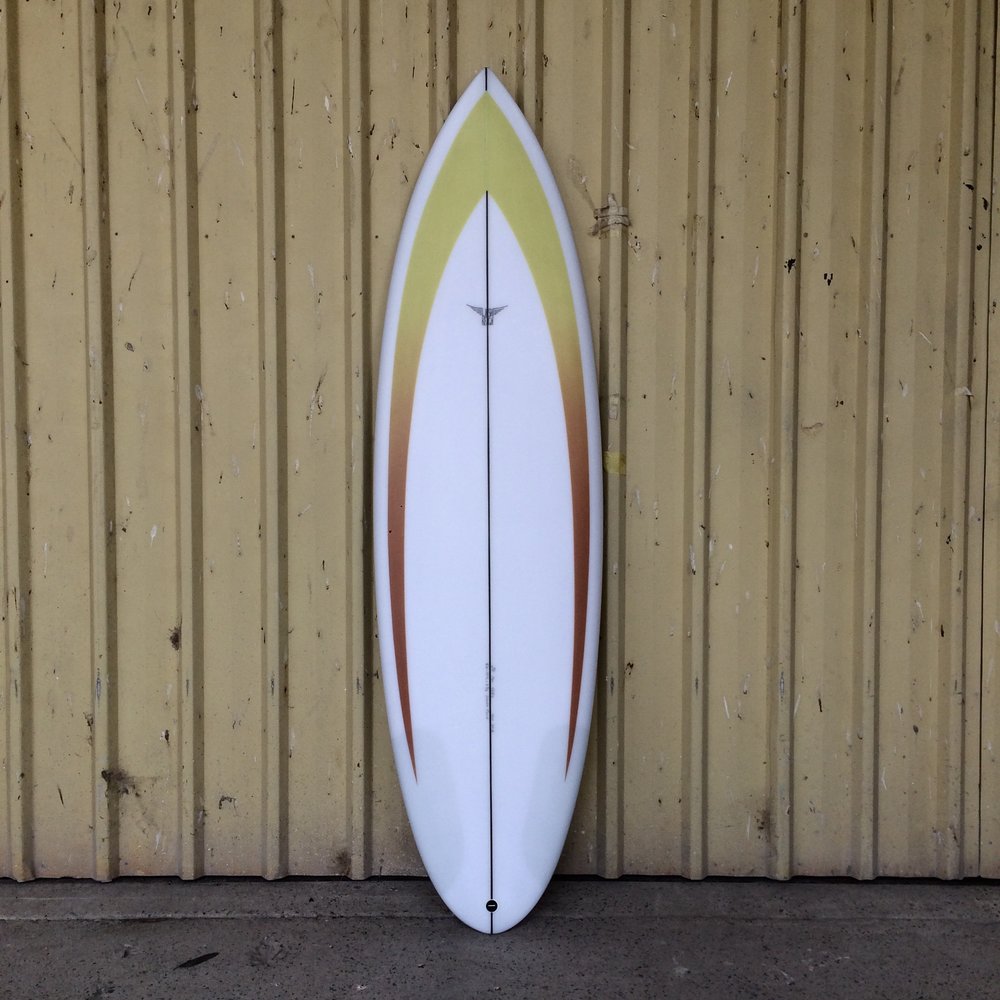
Outside of surfing what are some of your major design influences?
There are those in the surfboard world that look to the natural and aeronautical worlds for inspiration and I think that there is some amazing design references and inspiration to be found within these sources, I use some of the basic principles as most shapers do, but to be completely honest a lot of the information is so advanced that unless you dedicate a lot of years to studying the scientific theories the information is neither attainable nor applicable. There are those in the surfboard industry who have come before us that have had the theoretical mind to process and apply this information to surfboards and their governing principles form the foundational framework of todays modern surfboard. George Greenough, Tom Morey and Bob Simmons are some examples of these aforementioned forefathers of theoretical surfboard design.
I think, unfortunately, there are also a bunch of shapers out there that claim to be using sacred geometry and aeronautical concepts in their designs - but to be honest if you sat them down and asked them about it, I think a lot would be pretty hard pressed to actually give you an accurate explanation of not only the concept but how it relates to their application. Sure there are guys out there that are truly tapped in and have the mind that can process and apply these theories but for want of a better word in my opinion there seems to be a lot of social media driven bullshit out there aswell and unfortunately from a consumers point of view it could be stated that the human condition is easily influenced by big words and stuff they don’t truly understand. This could be viewed as a pessimistic outlook but I think we should give credit where it is due and applaud the guys that truly understood how to recognize a design influence outside of the aesthetic realm and knew how to effectively apply it to make surfboards go better.
Go on, keep going! How do the materials used play into this line of thinking?
At the moment I make surfboards using two construction methods. The first being traditional polyurethane construction, whereby a polyutherane foam core is laminated using polyurethane resin and fiberglass, this method of construction has been used since the 1960s and the materials have proven to be highly congruent to the requirements of a surfboard. The second construction method I offer is the use of an EPS foam core glassed with an epoxy resin, the EPS is stringerless and I use a carbon/Kevlar composite around the rails to create parabolic strength. This method of construction is amazing, not only does the board generally last a lot longer but also it seems to perform a lot better in smaller less powerful conditions.
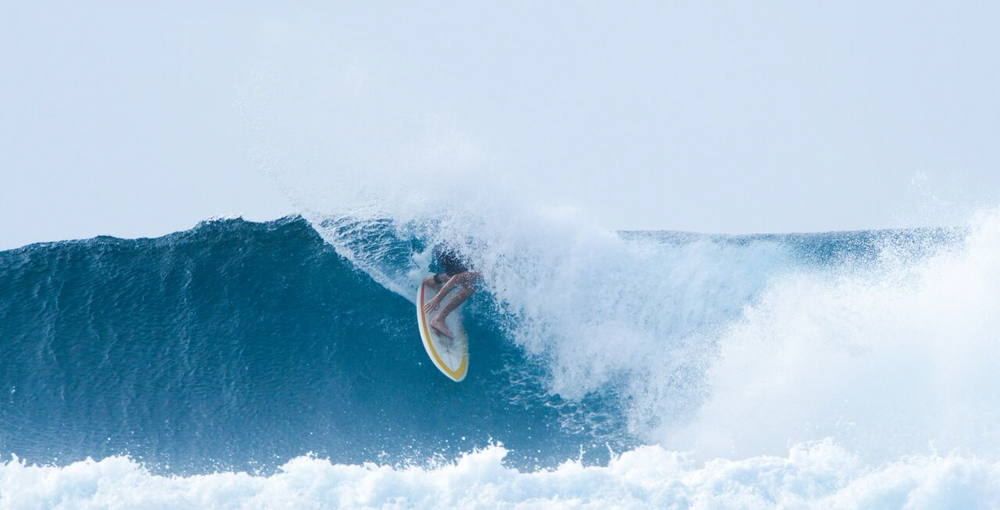
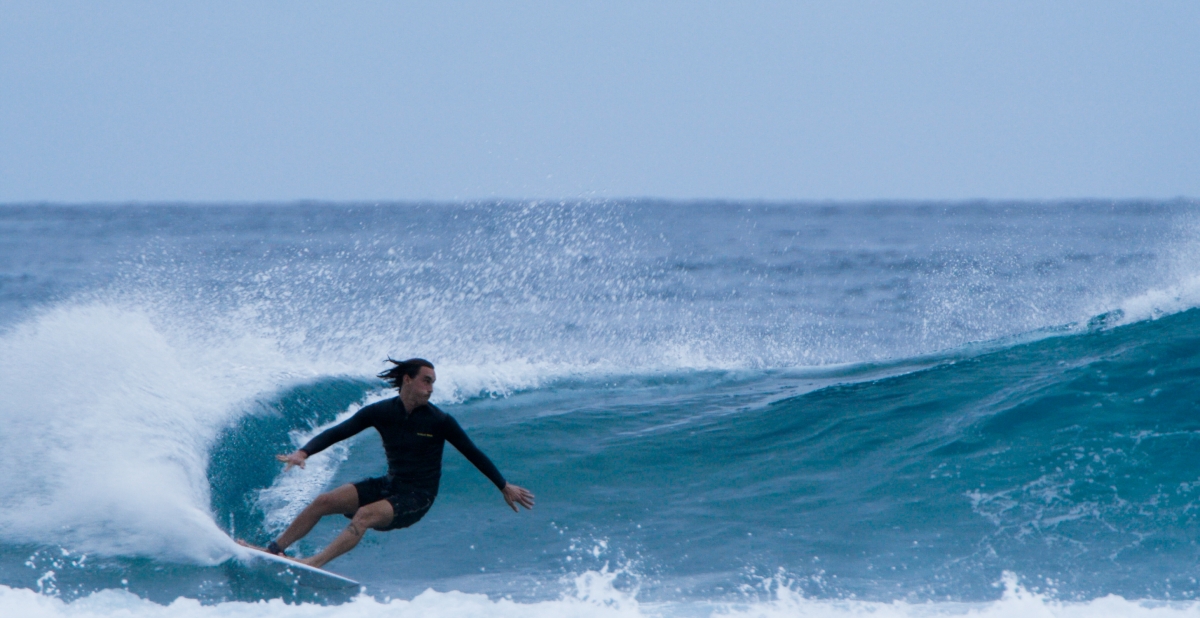
(Besides talking about it) what do you find most rewarding about shaping surfboards?
For me shaping surfboards is a creative pursuit that allows me to access and stimulate a unique area of my brain that seems to make my life richer. To take raw materials and through the use of your hands and mind create something that somebody can take into the ocean and enjoy is an immensely rewarding experience. In todays modern world the opportunity for leisure time is becoming less and less so to have a customer email or phone me and tell me that the surfboard I made them has given them joy, this also gives me joy. Making surfboards gives my life a sense of wonder and this is all that I could wish for.
What’s the biggest lesson you’ve learned in your shaping career?
The biggest lesson I have learnt is that nothing good in life happens overnight. Patience and persistence are two virtues that you must adopt if you wish to make quality surfboards, and it is these life elements that shaping has taught me. I strongly believe that it is not what you are doing in your life that matters but the state of mind you are in whilst you are doing it.
Future goals?
My future goals are always to remain true to my own inner voice. At the moment what I am doing feels like the correct path but tomorrow I might wake up and a charm is beckoning me to pursue a new direction. Nothing in life is fixed and because of this I try to remain unattached to a rigid identity of myself. Right now im enjoying making surfboards and it is providing me with the stimulus for personal growth, in five years time I could be living in a different part of the world doing a completely different thing and because of this I cannot provide any future goals based around a shaping career. I would like to think I am still making boards, just as I would like to think I am still surfing, but who knows anything of the future.
//
Credits
Jemma Scott
Jack Coleman
Issac Jones
